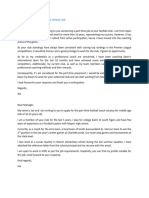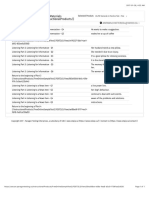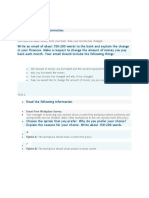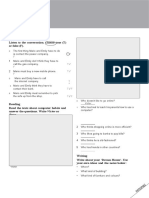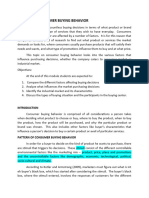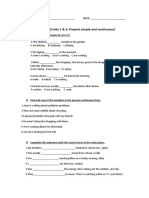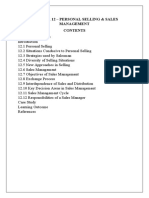0% found this document useful (0 votes)
62 views13 pagesCELPIP
CELPIP is a Canadian English language proficiency test with two versions: CELPIP-General for immigration and licensing, and CELPIP-General LS for citizenship applications. The test assesses listening, reading, writing, and speaking skills, with results available online within 4 to 5 days. Each component has specific tasks and scoring criteria, focusing on coherence, vocabulary, and task fulfillment.
Uploaded by
mseducationsurat.anitaCopyright
© © All Rights Reserved
We take content rights seriously. If you suspect this is your content, claim it here.
Available Formats
Download as DOCX, PDF, TXT or read online on Scribd
0% found this document useful (0 votes)
62 views13 pagesCELPIP
CELPIP is a Canadian English language proficiency test with two versions: CELPIP-General for immigration and licensing, and CELPIP-General LS for citizenship applications. The test assesses listening, reading, writing, and speaking skills, with results available online within 4 to 5 days. Each component has specific tasks and scoring criteria, focusing on coherence, vocabulary, and task fulfillment.
Uploaded by
mseducationsurat.anitaCopyright
© © All Rights Reserved
We take content rights seriously. If you suspect this is your content, claim it here.
Available Formats
Download as DOCX, PDF, TXT or read online on Scribd
/ 13


























